- News
- Reviews
- Bikes
- Components
- Bar tape & grips
- Bottom brackets
- Brake & gear cables
- Brake & STI levers
- Brake pads & spares
- Brakes
- Cassettes & freewheels
- Chains
- Chainsets & chainrings
- Derailleurs - front
- Derailleurs - rear
- Forks
- Gear levers & shifters
- Groupsets
- Handlebars & extensions
- Headsets
- Hubs
- Inner tubes
- Pedals
- Quick releases & skewers
- Saddles
- Seatposts
- Stems
- Wheels
- Tyres
- Tubeless valves
- Accessories
- Accessories - misc
- Computer mounts
- Bags
- Bar ends
- Bike bags & cases
- Bottle cages
- Bottles
- Cameras
- Car racks
- Child seats
- Computers
- Glasses
- GPS units
- Helmets
- Lights - front
- Lights - rear
- Lights - sets
- Locks
- Mirrors
- Mudguards
- Racks
- Pumps & CO2 inflators
- Puncture kits
- Reflectives
- Smart watches
- Stands and racks
- Trailers
- Clothing
- Health, fitness and nutrition
- Tools and workshop
- Miscellaneous
- Buyers Guides
- Features
- Forum
- Recommends
- Podcast
How to prevent numb feet while cycling — why it's happening and how to stop it
Achey backs, sore shoulders, bad knees... any form of discomfort whilst cycling is far from ideal, but in this article we’re looking at one of the most common forms of cycling discomfort: numb feet. It might not be as painful as other areas, but numb feet have ruined many a long ride so, we’re back with Luke Craddock of Synergy Performance to see what we can do about it…
> The things I learnt from a professional bike fit
Craddock says: "Getting numb feet is very common because our feet are basically a really dense structure of nerves and capillaries. The job they have is to basically stabilise our body when we're walking on uneven ground barefoot, but when you put on a carbon or plastic-soled shoe that is super rigid and super stiff, there's no ability to flex.
"What happens is all the muscles and the capillaries around them don't really work as they should. They don't get activated, and the foot kind of goes to sleep in the shoe."
If you look at the riders on a pro cycling team, they just look good, don’t they? Matching kit, matching bikes, matching components and matching helmets. But there is one area that hardly ever matches: their shoes.
Even with an unlimited budget, a pro cycling team struggles to find any one brand that will suit all of its riders - but there’s a lot more to comfortable feet on the bike than the right shoes.
Without delving too deep into the rather intimidating process of shoes, cleat positioning, arch support, toe box volume, dials vs laces, float and more, here are the three most common reasons why your feet are going numb on the bike.
1. Restrictive shoes
The first area is a predictable one, and that is a restriction of blood flow to your foot. It's a pretty simple thing: if your shoe is too narrow, then the blood will not effectively be able to pump through the foot. And the by-product of this is that you'll start getting numbness.
Craddock suggests that if you notice that one foot is slightly wider than the other when standing, and this is the foot that goes numb first, then it's a pretty good indication that your foot numbness is probably related to restriction of blood flow rather than anything else.
If your foot numbness comes on when it's warm, then it's another indicator that it's your shoes which are the problem. When it's hot our feet swell, and Craddock explained that it's not uncommon for people to come to him saying that their feet are going numb two or three hours into a ride. Here in the UK, many of us might start our rides at 9am when it's five degrees, and by the end of the ride at midday, it could be 15 or 16 degrees.
To find well-fitting shoes, Craddock suggests taking the insoles out of them, placing them on the ground, standing on the insoles and observing how your foot fits on that insole: "It'll give you a good understanding of how your foot wants to spread and splay out when the restriction of the shoes is removed."
Feet are becoming wider, because humans are generally walking less and wearing trainers nowadays.
"Ideally we want the sole of the shoe to match the width of your forefoot", says Craddock.
Another thing to bear in mind is that your old (comfortable) shoes might have been the wrong shape all along, but the worn upper is now more supple. Replace them with the same and the new, stiff upper might cause restriction.
Craddock adds that finding the right shoes can feel like a bit of a minefield: "Don't buy shoes according to what looks nice. There will be a shoe that fits your foot that looks nice as well."
2. Improper support
Many of our bike fitting features talk about insoles, and this one does too! Craddock explains that insoles are sometimes called "arch touchers" rather than "arch support", and thinks that this is bang on.
Most people have 20 to 25 millimetres of arch height, but this is rarely accounted for with the thin foam insoles that usually come with shoes. There are some really good - and cheap - off-the-peg options out there though, which enable your foot to touch more of the bottom of the shoe. This lets the nervous system calm down and reduce the compensation that's potentially occurring.
> A pro bike fitter's top 10 cycling products to make you faster and more comfortable on the bike
It's the compensation your body is doing, whether that's clenching of the toes, whether that's the pointing of the toe through the top and the bottom of the stroke. All these things massively increases the chance of numbness in your feet, so we want to avoid that.
"As a consumer you probably wouldn't be very happy if you spent £300 on the shoe and you didn't get an insole, but I think that it would be a good thing", says Craddock.
"Shoe manufacturers have to cater to everyone. They can't have an arch support that would cause damage or another issue, but the result is that it's almost always nowhere near enough support."
> 7 reasons why your bike doesn't fit you
I was keen to find out what proportion of UK cyclists would likely benefit from a set of aftermarket insoles. Craddock admits that he sees a swayed reality of the population (often cyclists with fit issues), but has found that the vast majority of riders would benefit: "The only case where the thin bit of foam inside is optimal is when riders are flat footed."
3. Cleat position
The third area to look is the set-up of the cleats. Craddock says there are "a lot of old school ideologies on the internet, on forums that say to put the cleat really far forward, put it under the ball of your foot. [But] if you put the pedal axle directly under the ball of the foot, the first metatarsal, you drastically increase the likelihood of getting numbness."
Craddock explained that not only is the ball of your foot a delicate structure, but putting the pedal axle here can also promote instability in the foot. As we've already outlined, this can cause numbness.
Pushing the cleat further back will help to stabilise the foot and engage larger muscle groups such as the hamstrings and glutes. It also reduces how much the foot behaves as a lever, and how much your calf is having to work as a lever. If you take your insoles out and can see distinctive toe marks, then it's a clear indication that there's some instability in your feet.
Craddock adds that the limiting factor when adjusting cleat position is often the shoe itself. It's only in the last few years that the holes in the bottom of the shoe have become more sensibly placed.
> The most common bike fit mistakes and how to avoid them
"In cycling there aren't generally rules of thumb, but what I would say is: if you're unsure, pull your cleats all the way back on the shoe. It's going to help stabilise the foot. It's a good place to start from. There's going to be no downside or negative to doing that, and the likelihood is it won't be far enough back based on shoe manufacturers.
"When you're looking for a shoe, look for ones which have slits, rather than just three holes drilled into the shoe. Normally you pay a little bit more for that, but it's worth it."
Let us know whether you suffer from numb feet in the comments below, and anything else you've done to alleviate it.
Jamie has been riding bikes since a tender age but really caught the bug for racing and reviewing whilst studying towards a master's in Mechanical engineering at Swansea University. Having graduated, he decided he really quite liked working with bikes and is now a full-time addition to the road.cc team. When not writing about tech news or working on the Youtube channel, you can still find him racing local crits trying to cling on to his cat 2 licence...and missing every break going...
Latest Comments
- IanGlasgow 14 min 4 sec ago
Indicators for bikes are still with us. The best/least bad I've tried are:...
- IanGlasgow 19 min 11 sec ago
Indicators for bikes are still with us. The best/least bad I've tried are:...
- David9694 1 hour 15 min ago
"Mr Knight, who received the charge in 2023, told the BBC he had undergone stomach surgery a few weeks prior to the incident and had been told by...
- David9694 1 hour 19 min ago
I wonder what age that man will get to before it dawns on him what he is. ...
- Terry Hutt 2 hours 12 min ago
I was interested in the EasiCyco backpack until I watched their Kickstarter video. Both their riders' bums rub on the backpack. That's a hard NO...
- redhanded 4 hours 42 min ago
I had 2 bikes stolen from bike shed outside my flat in London last year. They ended up for sale in Russia. A cycling club I'm a member of tweeted...
- Deac 5 hours 42 min ago
I tried the footrest on the way home, it's a great idea, you can keep on the saddle making it easier to get away from the traffic lights, and being...
- ktache 8 hours 36 min ago
Not that they would be as technical, or maybe quite as grippy, but does the skate industry provide any solutions?
- Rendel Harris 9 hours 19 min ago
Sorry to be a killjoy but it doesn't amuse me at all, I hope the idiot gets caught and punished. Putting yourself on the same road as pros...
- willpom @GWRaudax 9 hours 54 min ago
Steve Poulton has just published The Cheltenham Flyer - 10th May https://www.audax.uk/event-details/calendar/13235-cheltenham_new_flyer_200
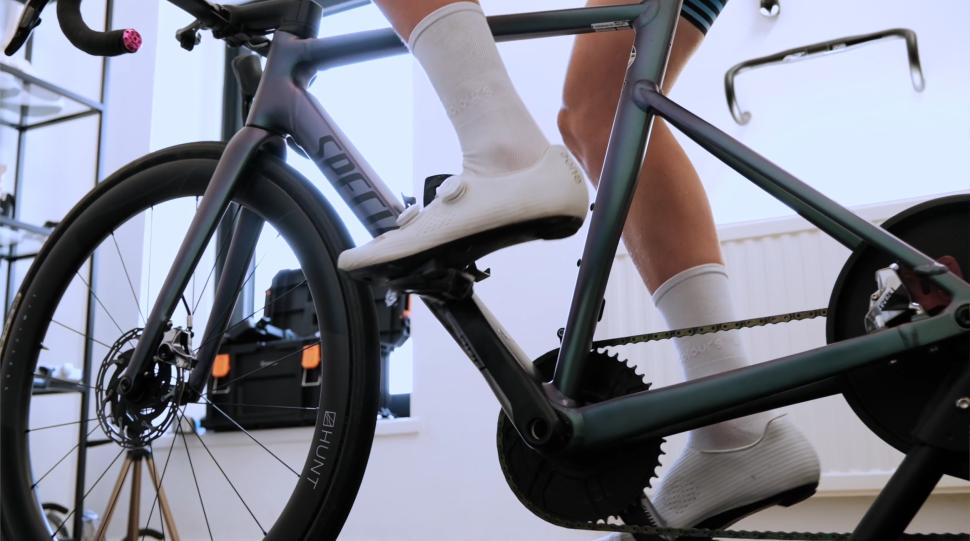
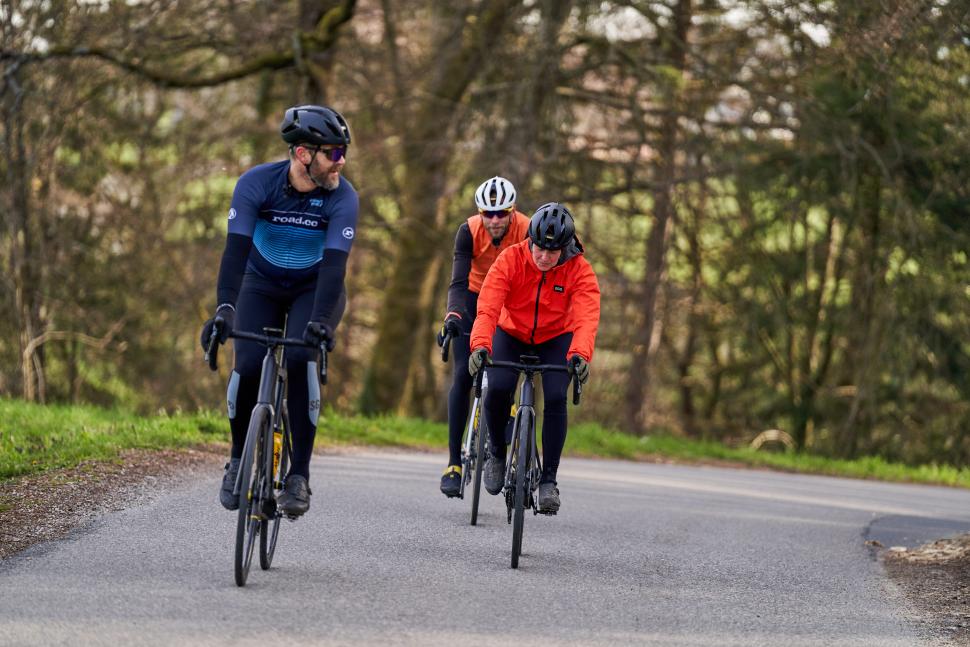
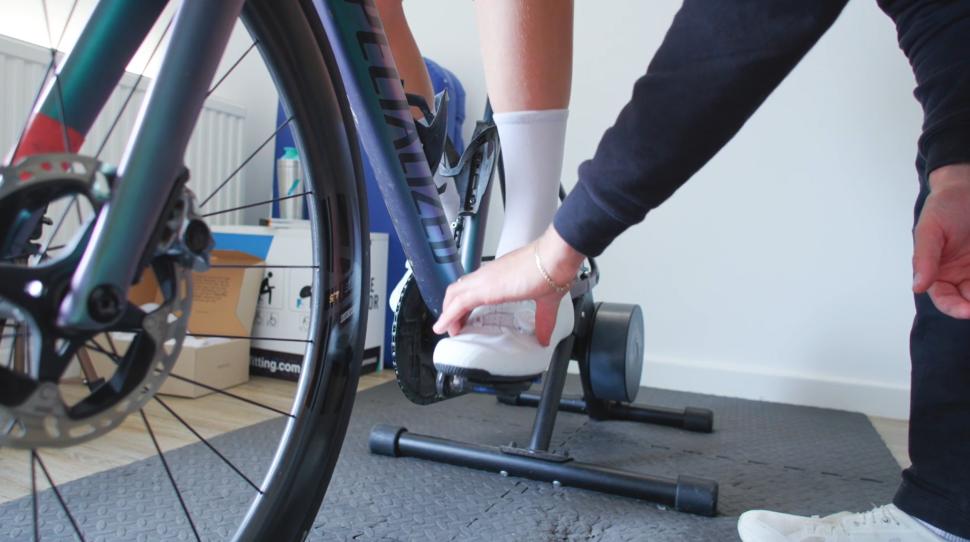
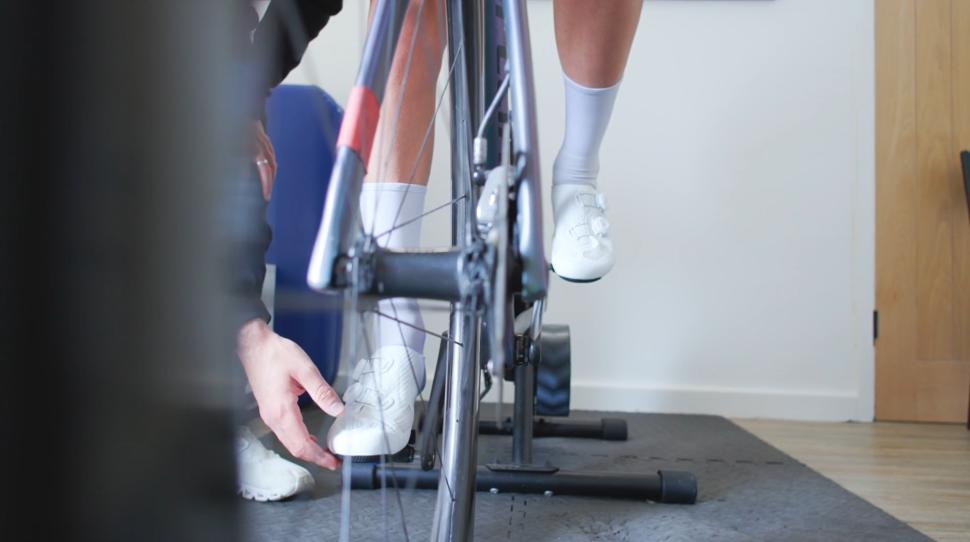
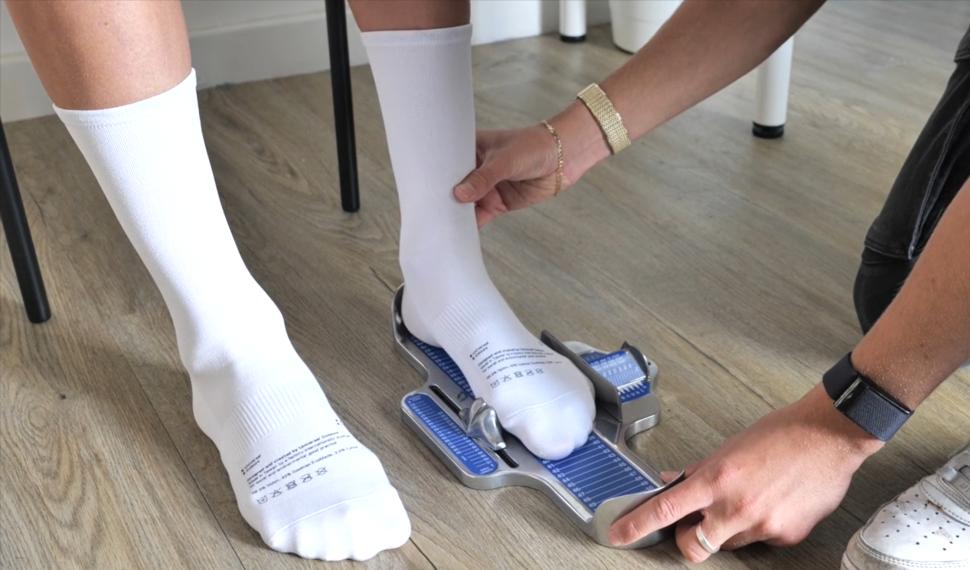
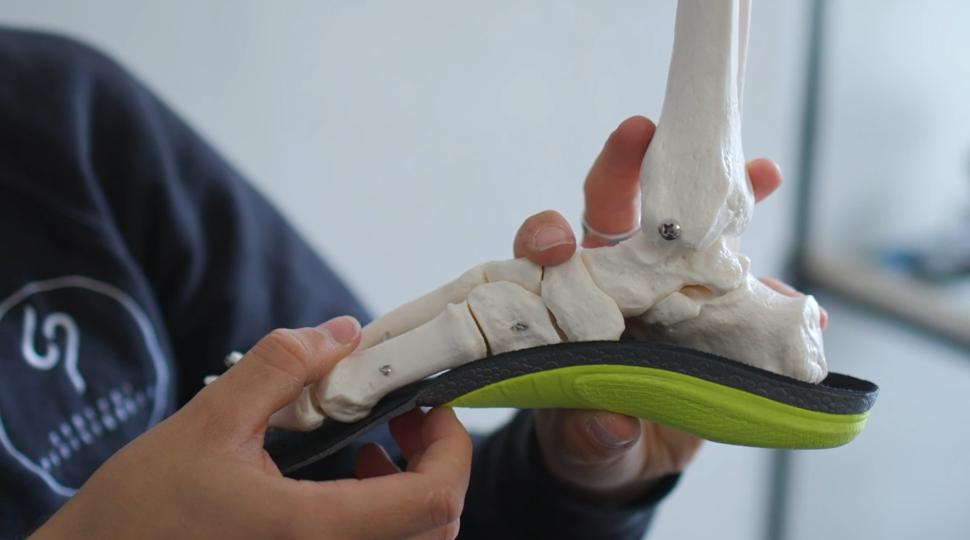

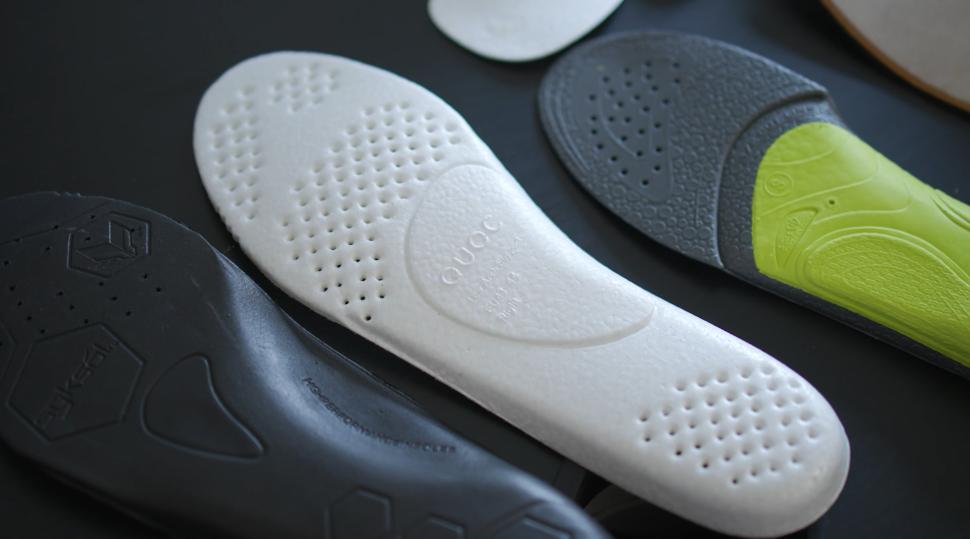
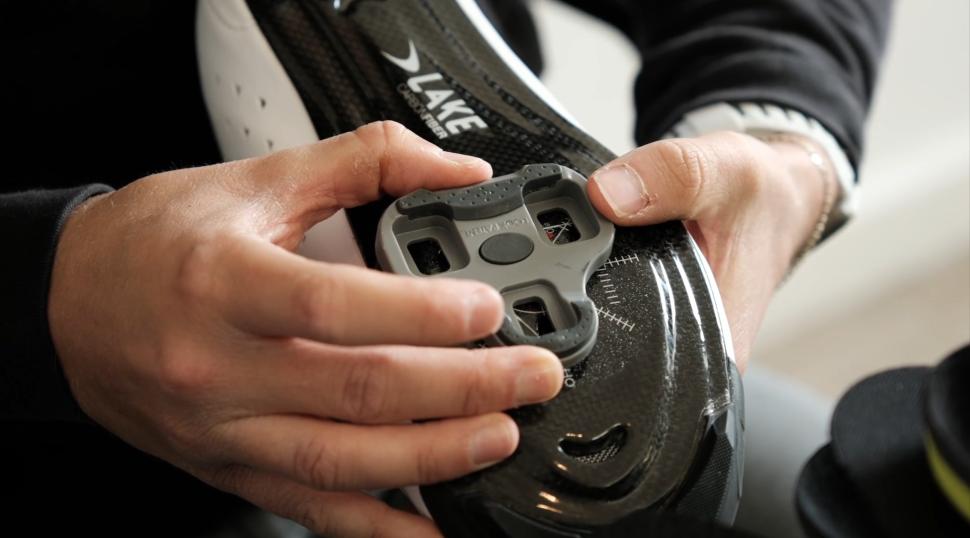
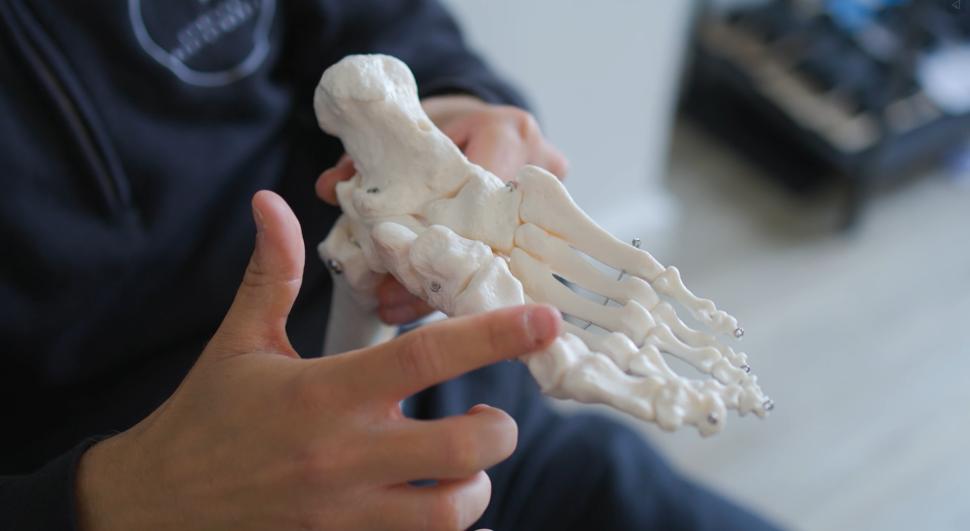
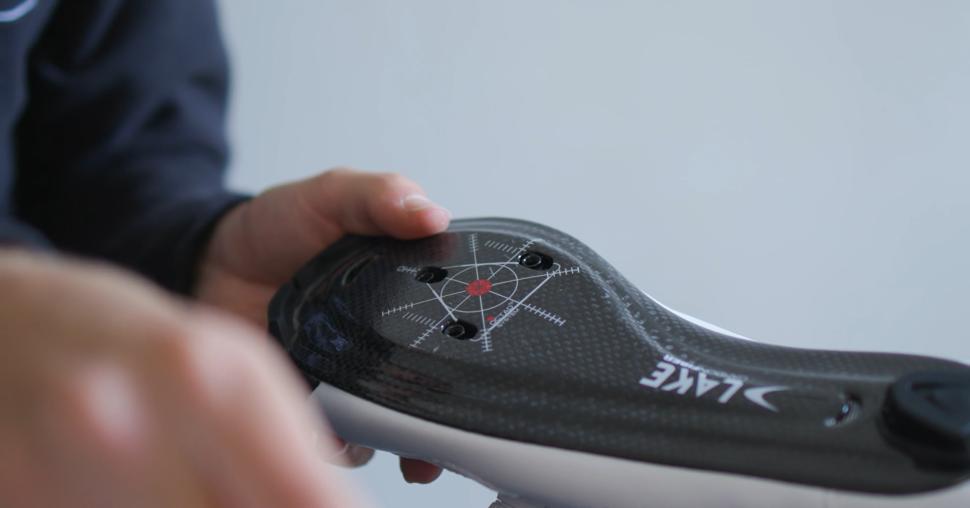
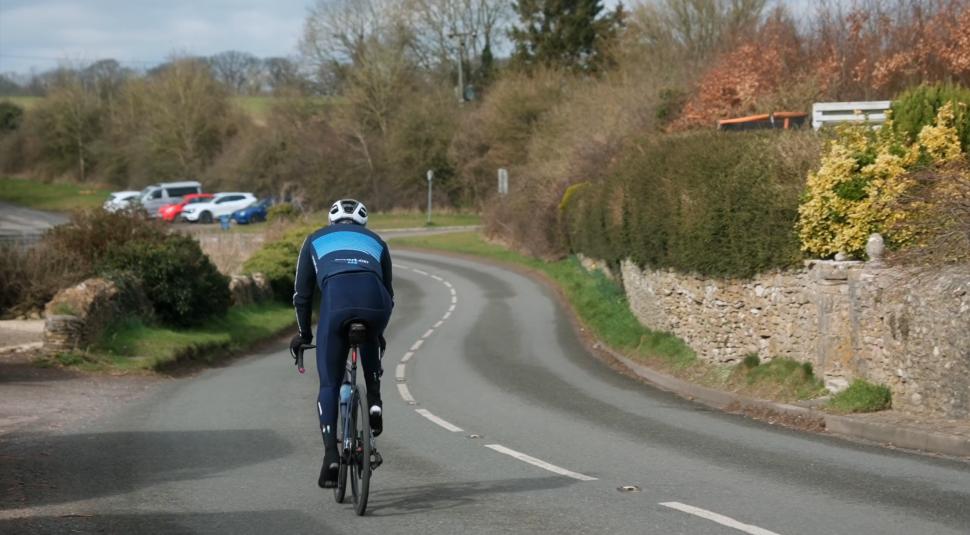
Add new comment
10 comments
You could always try riding flats and a pair of normal trainers. Works for lots of people who aren't wannabe pro racers......
I think it's also worth noting that shoe fits change between shoes within the same brand's range - for example, my bike fitter told me that my cheap Lakes have different cleat location and last to some of the more pricey options.
In the end, I got some simple cleat shims that moved my cleats back. Felt weird at first but used to it now.
I used to suffer from numb-foots close cousin on long imperial century distance rides. Hot-foot (not to be confused with hot feet), a heat-like pain concentrated in one particular spot or spots on the foot.
I went a bit overboard with new shoes (bonts) with superfeet raised arch insoles and new pedals (from XC style SPD's to platform style SPD's) .
One of them fixed it - or maybe the combo!
Support is very important but the main problem in my experience is the inability for cycling shoe manufacturers to make shoes that are foot shaped! I don't have wide feet but finding shoes wide enough is very difficult (i've given up basically)
Indeed, the inability of cycling footwear manufacturers to make foot shaped shoes is baffling. Cyclefit do provide a shoe fitting service. It costs about £40 or so. A colleague of mine has used their service and swears by them. I shall be doing the same once I've had some foot surgery later in the year.
The main problem is people overtighening their BOA dials already right before getting on the bike. That combined with vibrations transferred from the bike chassis through the overly stiff carbon fibre soles, especially in cold weather, can cause foot numbness.
I struggled to find MTB flat shoes that fit my duck-like feet, and buying regular trainers is a pain enough. When I tried to look at road shoes once before, I was told I need to go around 2.5 sizes up or get custom moulded shoes.
3-bolt cleats are not in my foreseeable future
Not that they would be as technical, or maybe quite as grippy, but does the skate industry provide any solutions?
Push on through foot numbness and you then arrive at agonising foot cramp.
I invested in some custom heat-moulded footbeds, shaped by a local bike fitter - having already had some made for my ski boots.
They transform a pair of mid-market £150 cycling shoes into the most comfortable piece of footwear I own. I pull them out and transfer them each time I need to replace the shoes. They're in their 3rd pair of shoes so far.
I have high arches, and have had good success with the off the shelf Giro insoles that you choose the arch insert for. If you find they help, then the professionally moulded Sidas or similar are the next step up.
It's interesting that I read somewhere that ski-ists wouldn't dream of using standard insoles, and custom units are pretty much the norm. I simply took out my rubbish (Lake) inserts and put in some more supportive (Spesh) ones, but I may go back to my fitter and get something better.